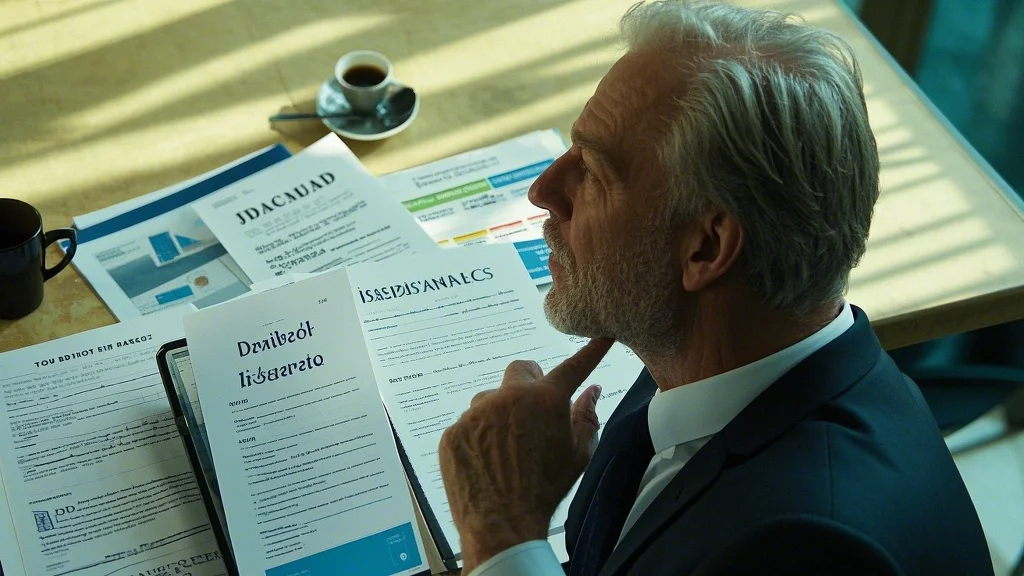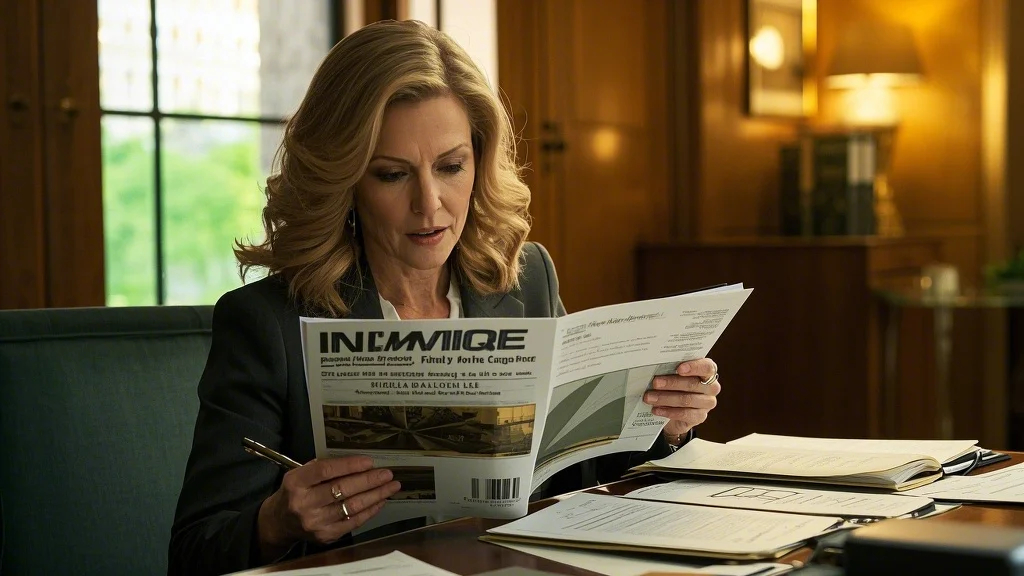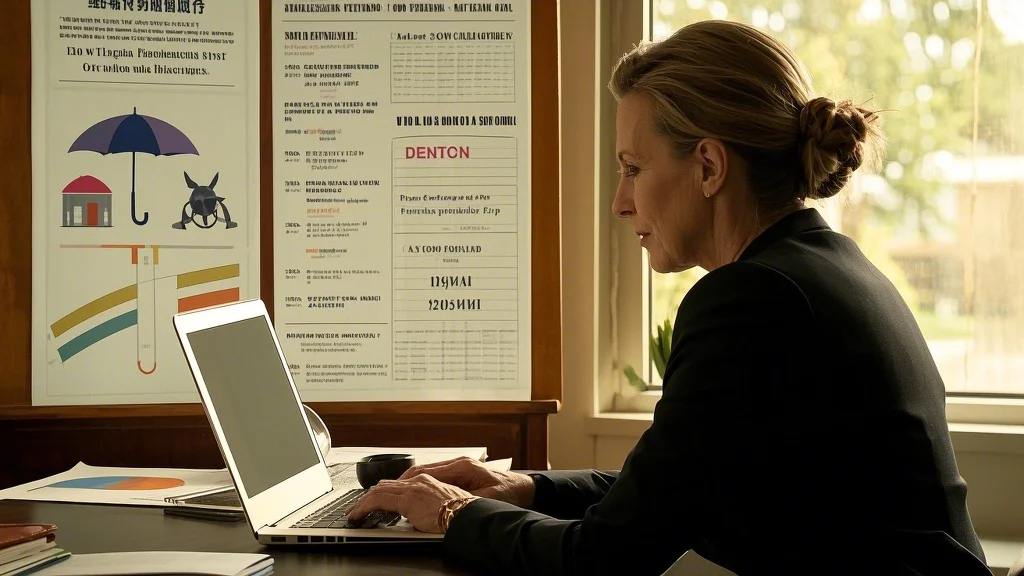The Critical Safety Net of Disability Insurance for Entrepreneurs
For business owners, disability insurance isn’t just another policy—it’s the safeguard that ensures your enterprise can survive your inability to work. Unlike employees who might rely on employer-sponsored coverage or government benefits, entrepreneurs face unique vulnerabilities when injury or illness strikes. A startling reality many business owners ignore: your ability to generate income is your most valuable financial asset, often worth far more than your physical business assets combined. Traditional workers’ compensation only covers job-related injuries, leaving you exposed to the far more likely scenario of illness or non-work accidents. The right disability policy becomes the difference between business continuity and financial catastrophe when you’re unable to perform your professional duties.
Choosing appropriate disability insurance requires understanding key distinctions in policy types. “Own-occupation” definitions provide the strongest protection, paying benefits if you can’t perform your specific business role, while “any-occupation” policies only pay if you’re unable to work any job. Elimination periods (the waiting time before benefits begin) significantly impact premiums—opting for a 90-day wait rather than 30 days can reduce costs while aligning with typical business cash reserves. Benefit periods should match your financial recovery timeline, with many successful entrepreneurs choosing coverage until at least age 65. Perhaps most importantly, guaranteed renewable policies ensure your coverage can’t be canceled as long as premiums are paid, protecting against future insurability issues if health conditions develop.
Tailoring Coverage for High-Net-Worth Business Owners
When business success creates substantial personal wealth, standard disability insurance often proves inadequate, making specialized insurance for high-net-worth individuals essential. Affluent entrepreneurs need policies that account for both lost earned income and investment income that might suffer due to inability to actively manage portfolios. Many high-net-worth disability policies include supplemental coverage for business overhead expenses, ensuring rent, utilities, and employee salaries continue during recovery periods. An often-overlooked need involves “key person” disability insurance, which provides funds to hire temporary leadership or facilitate ownership transitions if a critical team member becomes disabled.
Sophisticated insurance for high-net-worth individuals integrates disability coverage with broader wealth protection strategies. Residual disability benefits become particularly valuable, providing partial payments if you can only work reduced hours or handle limited duties. For business owners with complex compensation structures including bonuses and profit sharing, policies with future increase options ensure coverage keeps pace with growing earnings. The most comprehensive plans coordinate with buy-sell agreements, using disability buy-out provisions to fund ownership transitions if necessary. High-limit disability policies often require extensive financial underwriting similar to large life insurance applications, including tax returns and financial statements to verify income levels and justify coverage amounts.
Coordinating Disability and Business Liability Protection
A comprehensive risk management plan must integrate disability insurance with appropriate business liability insurance to address all threats to your enterprise. While liability coverage protects against lawsuits and claims, disability insurance safeguards the revenue stream needed to sustain operations through legal challenges. Many business owners fail to recognize how disability can exacerbate liability risks—being unable to personally oversee operations might lead to errors that trigger claims. Professional service firms should particularly note that standard disability policies don’t cover malpractice claims, making separate errors and omissions coverage essential.
Effective business liability insurance strategies for business owners should account for disability scenarios. Directors and officers (D&O) coverage becomes especially important if disability forces temporary leadership changes that could affect corporate decision-making. Employment practices liability insurance protects against claims that might arise from disability-related employment actions. An often-missed opportunity involves structuring policies so disability benefits continue during protracted liability lawsuits that might otherwise deplete personal resources. The most robust protection plans position disability insurance as the first line of defense, preserving personal assets so liability coverage can focus on protecting the business itself.
Life Insurance Planning Alongside Disability Protection
While reviewing life insurance quotes, astute business owners simultaneously evaluate disability coverage, recognizing that the risk of disability significantly outweighs the risk of premature death during working years. This dual approach ensures comprehensive protection whether the threat is mortality or morbidity. Many life policies offer disability riders that waive premiums if you become disabled—a valuable but often overlooked feature. Conversely, some disability policies include life insurance components that pay additional benefits if disability leads to death. Coordinating these coverages creates efficient protection that addresses all scenarios.
When obtaining life insurance quotes, business owners should consider how policies might supplement disability coverage. Permanent life insurance with cash value accumulation can provide accessible funds during extended disabilities, while term life ensures affordable protection during the years when disability risk is highest. An often-missed strategy involves using life insurance to fund buy-sell agreements while disability insurance covers interim needs during recovery periods. Business owners with substantial personal assets might use life insurance to create liquidity for estate taxes while relying on disability coverage to replace lost income during their lifetime. The most sophisticated plans coordinate policy terms so coverage amounts and durations align with business cycles and personal financial milestones.

Protecting Physical Assets Alongside Income Streams
Just as disability insurance safeguards your earning capacity, proper property insurance for investors protects the physical assets that underpin your business value. Many entrepreneurs concentrate on insuring business property while neglecting to ensure their personal ability to manage those assets. A comprehensive approach covers both the physical infrastructure and the human capital required to maintain operations. For business owners with real estate holdings, loss of rents coverage becomes particularly valuable when disability prevents active property management.
Strategic property insurance for investors should account for disability scenarios by including business interruption coverage that accounts for owner incapacitation. Equipment breakdown insurance can be particularly valuable if disability prevents timely maintenance or oversight of critical machinery. An often-overlooked consideration involves ensuring property policies don’t contain “occupancy clauses” that might void coverage if disability prevents the owner from regularly inspecting premises. For businesses with multiple locations, centralized reporting systems help monitor all properties even during recovery periods. The most effective plans coordinate property insurance renewals with disability policy reviews to maintain consistent protection across all business assets.
Building a Comprehensive Business Continuity Plan
The most effective protection strategies integrate disability insurance with all other business coverages to create a seamless safety net. Start by identifying all revenue streams and determining how each would be affected by owner disability—this analysis often reveals surprising gaps in standard policies. Many business owners benefit from creating a formal continuity plan that documents insurance coverages, key contacts, and operational procedures to implement during disability periods. This plan should be reviewed annually and after any significant business changes.
Practical steps include cross-training employees on essential functions only you typically perform, establishing relationships with temporary executive services, and ensuring all insurance policies are easily accessible to trusted advisors. Digital tools like cloud-based policy management systems help maintain organization across multiple coverage types. Consider working with a business continuity specialist who can stress-test your plan against various disability scenarios. The most robust plans address not just financial protection but operational continuity, ensuring your business can endure your absence whether temporary or permanent.
Cost-Effective Strategies for Comprehensive Protection
While comprehensive coverage is essential, business owners can optimize disability insurance costs through strategic planning. Purchasing coverage earlier in your career locks in lower rates and guarantees insurability before health issues arise. Bundling disability policies with other business coverages sometimes yields package discounts. Many insurers offer preferred rates for healthy applicants who complete thorough medical underwriting rather than opting for simplified issue policies.
Another often-overlooked strategy involves coordinating individual disability coverage with any existing group policies to eliminate redundant benefits. Business owners nearing financial independence might gradually reduce coverage amounts as their need for income replacement decreases. For maximum flexibility, consider policies with return-of-premium riders or those that build cash value. The key is balancing cost with comprehensive protection—working with specialists who understand both disability risks and business operations ensures you get optimal coverage without unnecessary expenses.



